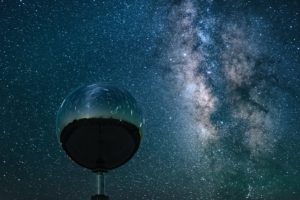Long, long ago… or if you’re an astronomer, far, far away… STARS EMIT LIGHT Stars, galaxies, even dust and complex…
Select :
Alberto BolattoAdam GattusoAndrea IsellaAmy KimballAaron LawsonBettymaya FoottBarbara GruberBill E. SaxtonBrian KentBrian Kent and Joseph MastersBrian KoberleinCharles BlueClaire ChandlerDaniel DaleDave FinleyDolly JosephDavid MehringerDanielle RowlandEddie EdwardsHeather HarbinJulie DavisJoseph LazioJim LovellJill MaluskyJon RamerJason RenwickJason SchreinerJacob WhiteKunal MooleyDr. Kristina NylandDr. Lisa Shannon LockeLuca RicciMoiya McTierMatthew A. MorganNienke van der MarelNan JanneyOlivia Harper WilkinsRebecca CharbonneauRebecca LjungrenSam WatchmanSummer AshStephen CaseSamara NagleTony BeasleyTom Maccarone






